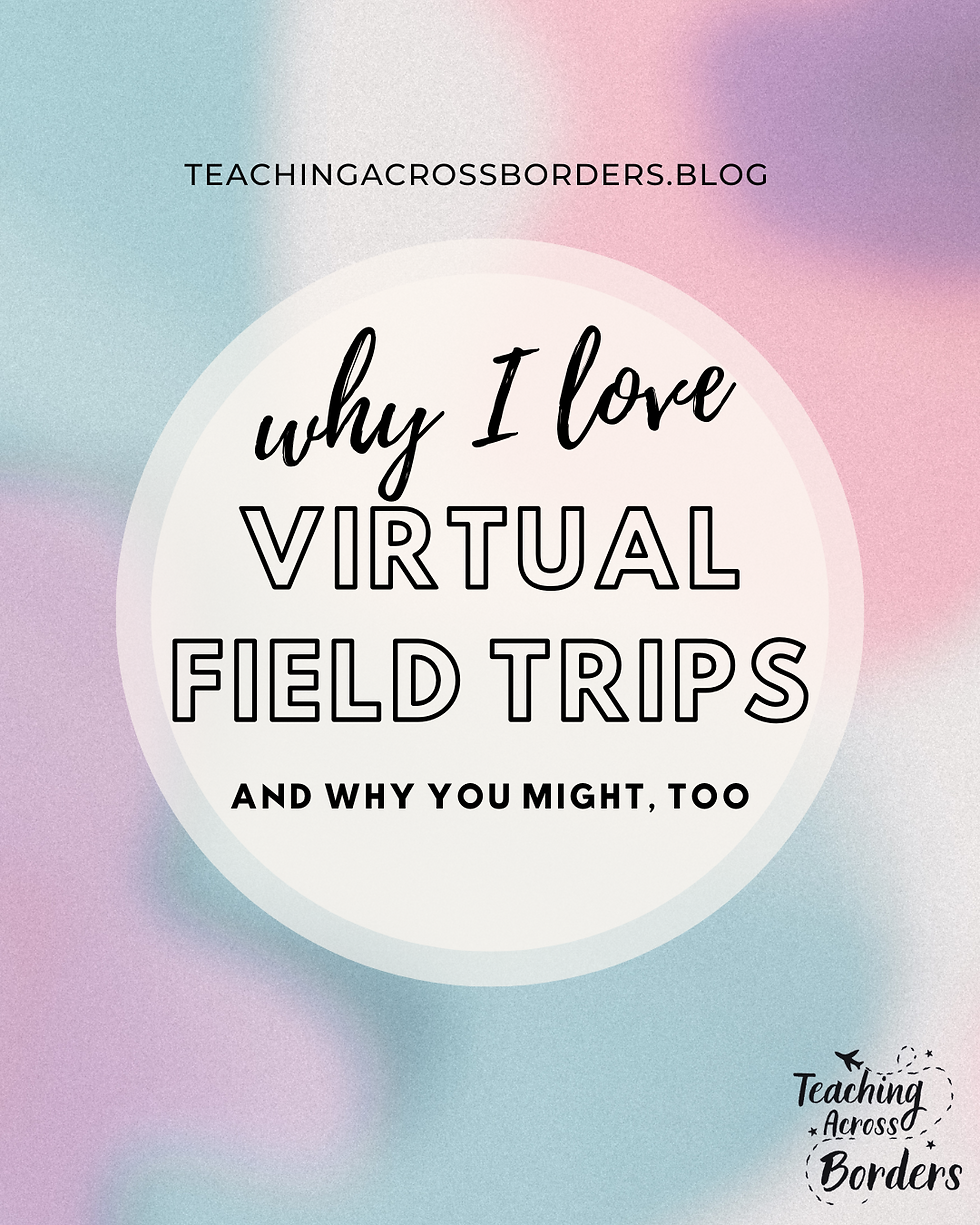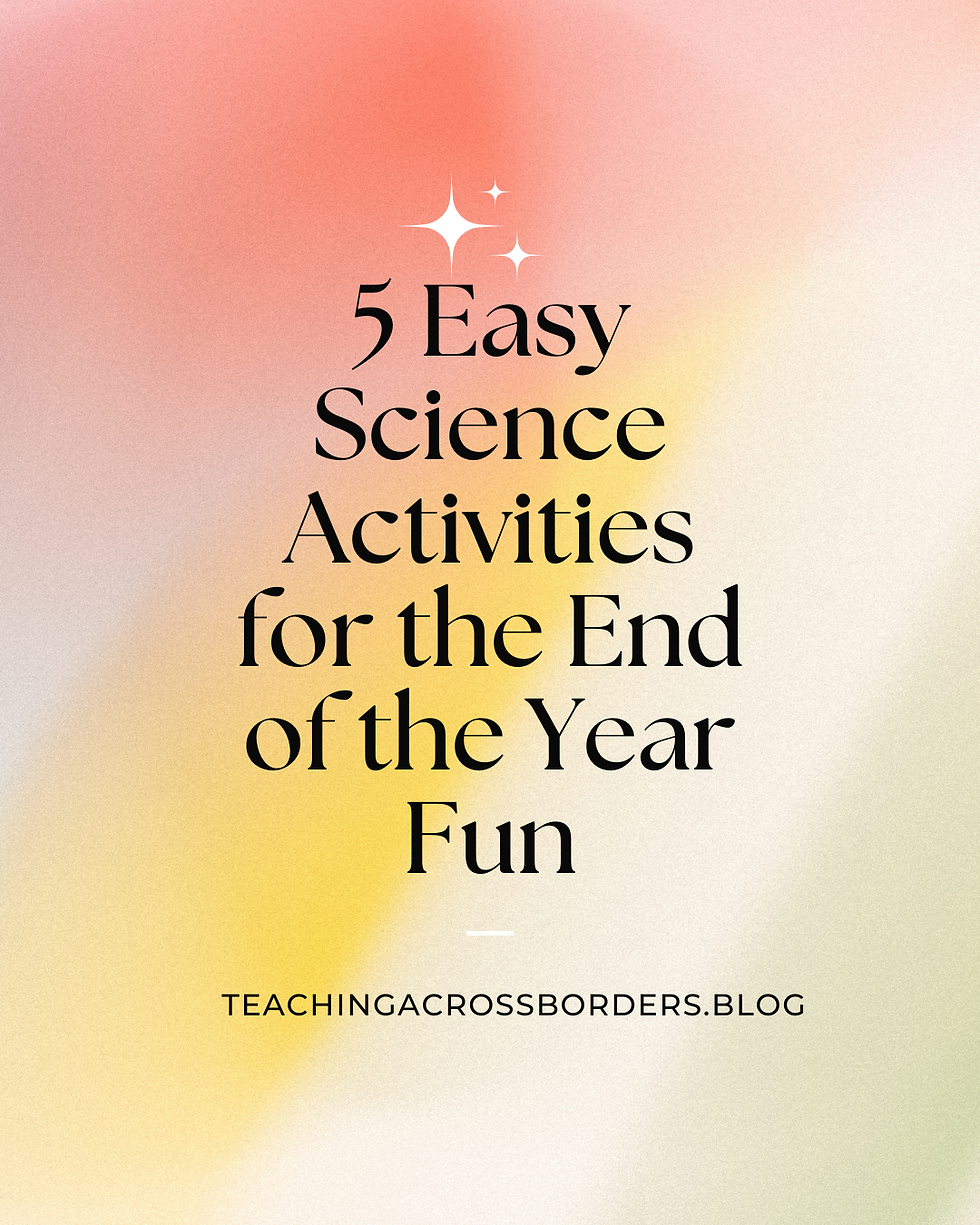Mastering Note-Taking in 5th Grade: Strategies to Keep Your Students Organized & Engaged! 📝🎉
- Laura Swallow

- Oct 6, 2024
- 4 min read
Note-taking is such an important skill, especially in 5th grade when students are starting to dive into more complex topics and really build their independence. But let’s be honest, note-taking can be a bit of a challenge—it’s easy for students to get overwhelmed, and sometimes, they don’t know where to start! That’s why I’m here to share some of my favorite note-taking strategies that make the process easier and more engaging. 🙌
From two-column notes to mind mapping, visual notes, making a quiz, and outlining, there are so many creative ways to help your students learn to take notes effectively—while also making it fun! Let’s dive into these strategies and see how they can transform your 5th graders into note-taking pros. 💪✨
1. Two-Column Notes ✏️📑
Two-column notes are a classic for a reason—they’re straightforward, easy to use, and super effective! On one side of the page, students write the main ideas (this could be a question, topic, or vocabulary word), and on the other side, they jot down the details or answers that go with it. It’s a simple way to help students organize information and connect key ideas to supporting details.
Why It Works: Two-column notes are great for keeping things organized. They help students easily see the relationship between different pieces of information, and they’re also perfect for studying later—students can use the main idea side to quiz themselves on the details! 🎯
Tip: Start by modeling two-column notes as a class. Use a document camera to show your own example, then have students practice with a partner. It’s amazing how quickly they pick it up! 📸
2. Mind Mapping 🌳💡
Mind mapping is a great tool for more visual learners. Students start with a central topic in the middle of their paper and draw branches that represent the main ideas or subtopics. Each branch can have smaller branches with key details or examples. It’s almost like making a “tree” of information, and it’s perfect for brainstorming and connecting ideas.
Why It Works: Mind mapping makes note-taking interactive and visual. It helps students see the big picture and understand how all the parts fit together. Plus, it’s a fun and creative way to take notes—students get to use colors, drawings, and different shapes to help them remember information! 🌟
Tip: Give students colored pencils or markers and encourage them to use colors to organize their thoughts. The more visually appealing, the better! 🎨
3. Visual Notes ✏️🎨
Visual notes are similar to mind maps but a little more freeform. This is where students get to draw pictures, doodle, and create symbols that represent the information they’re learning. Visual notes can be a mix of words, pictures, arrows, and symbols that help students remember key ideas.
Why It Works: Visual notes help students process and understand information in a way that feels natural. Drawing forces them to think about how to represent an idea visually, which means they’re processing it on a deeper level. Plus, this is such a great option for those artistic students who love to doodle—it turns note-taking into an art project! ✨
Tip: Encourage students to create their own symbols for different concepts. For example, a light bulb could represent a key idea, while an exclamation mark could show something surprising or important! 💡
4. Making a Quiz 📝❓
This one is a little different but so effective! After covering a lesson, have your students write their own quiz questions based on the material. They can use their notes to create questions (and answers) that they think would help them remember the key points. Once everyone’s finished, they can swap with a partner and try each other’s quizzes!
Why It Works: Writing questions helps students think critically about what they learned. They have to identify the most important information and figure out how to ask questions about it—which is a great way to make sure they really understand the material. Plus, who doesn’t love playing teacher for a little while? 😄
Tip: Encourage students to include a mix of question types—like multiple choice, true/false, and short answer. It makes it more interesting, and it helps them think about the information in different ways. ✅❌
5. Outlining 📋🔢
Outlining is a more traditional approach but incredibly useful for organizing information. Students start with a main topic, then break it down into subtopics, and then add supporting details under each one. It’s a great way to keep information organized and easy to review later.
Why It Works: Outlining helps students see the structure of what they’re learning. It’s perfect for taking notes on a textbook chapter or a nonfiction text, where there are clear headings and subheadings. By organizing information this way, students are able to see the relationships between ideas—and it’s a fantastic study tool! 📚
Tip: Show students how to use bullet points, numbers, or Roman numerals to organize their outlines. Giving them a framework makes it much easier to get started, especially if they’re new to outlining! 🗂️
Note-taking doesn’t have to be boring, and it doesn’t have to be one-size-fits-all! ✨ By giving your 5th graders different note-taking options—like two-column notes, mind mapping, visual notes, making a quiz, and outlining—you’re helping them find what works best for them. Each of these strategies builds a different skill, whether it’s organization, creativity, or critical thinking. And the best part? They’ll be learning how to take notes in a way that makes sense to them, which means they’re much more likely to use these skills as they move forward in school. 🎉
If you're looking for ready made templates, check out my ready-to-go resource here!
Do you have a favorite note-taking strategy that works well with your class? I’d love to hear about it! Drop your ideas in the comments below—let’s share our best tips and tricks for helping students master this essential skill! 💬✨







Comments